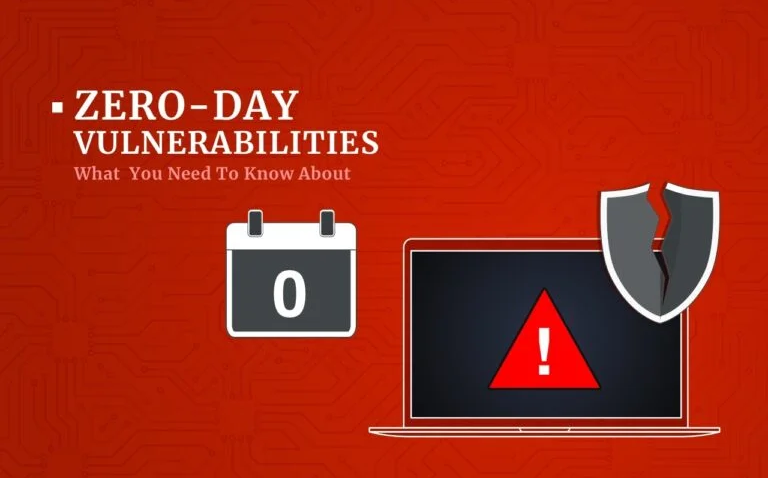A phishing attack is a cyberattack in which malicious actors utilize cunning tactics to mislead people into disclosing private information, such as credit card numbers, login passwords, or personal information. These attacks usually entail the impersonation of reliable organization’s, banks, or government agencies in order to trick victims into opening harmful attachments, clicking on malicious links, or sending sensitive information through phone emails, texts, or websites.
Phishing Attack aim to take advantage of people’s trust, curiosity, and vulnerabilities in order to obtain sensitive information without authorization, perpetrate fraud, steal identities, spread malware, ransomware, or compromise the security and privacy of people, companies, and organizations
Types of Phishing Attack
-
- Email Phishing:
Attackers send phone emails pretending to be banks, governments, or respectable organization’s in an attempt to trick recipients into opening dangerous attachments, clicking on ill-fated links, or divulging personal information.
Example: A phishing email purporting to be from a bank, warning you of unusual activity on your account and requesting that you click on a link to confirm your login information.
-
- Spear Phishing: The goal of targeted phishing assaults is to maximize the likelihood of success by personalizing the phishing material based on information acquired from social media, public records, or past contacts. These attacks are directed against specific persons, organizations, or sectors.
Example: An illustration would be a phishing email that poses as a genuine correspondence from the CEO of your business and asks for urgent wire transfers or private employee information.
-
- Smishing (SMS Phishing):
Phishing attacks are carried out using text messages (SMS) or messaging applications. The attackers use false messages with malicious links or prompts to fool the target into disclosing personal information or downloading programmers that might be hazardous.
Example: An example might be a text message alerting you of an overdue bill and offering a link to change your payment details, all while posing as your cell carrier.
-
- Vishing (Voice Phishing): Phishing attacks are voice-based scams in which the attackers pose as reputable companies, including tech support or bank employees, using social engineering tactics to trick victims into divulging personal information or carrying out illegal transactions.
Example: receiving a call from a person posing as the fraud department of your bank, asking for information about your account in order to confirm any suspicious activity.
-
- Pharming: Pharming is the term for attacks that secretly divert users from trustworthy websites to phone ones in an effort to get personal data or spread malware.
Example: When a person visits a phone website that appears just like their online banking portal without realizing it, their login information is stolen and utilized fraudulently.

-
- Clone Phishing: It describes how hackers make a copy, or clone, of a trustworthy document, email, or website that was previously provided to or shared with the victim. They then edit the text to add dangerous attachments or links.
Example: An example of a phishing email might be one that mimics a genuine invoice or document that the recipient has already received, but with payment information changed or malicious attachments.

-
- Whaling (CEO Fraud): Phishing assaults that are deliberately designed to target prominent figures, executives, or senior management in an organization with the intention of impersonating them and obtaining sensitive information, wire transfers, or secret data.
Example: an urgent need for money transfers to a specific account from the finance department in a phishing email purporting to be from the CEO or CFO of the organization.

-
- Man-in-the-Middle (MitM) Attacks: Phishing attacks include the interception and manipulation of communication between two parties by an attacker with the intention of stealing confidential information, credentials, or carrying out unauthorized activities.
Example: The hackers intercept and manipulate user communications with their bank’s website in order to get login information or divert purchases to fictitious accounts.

-
- Business Email Compromise (BEC): sophisticated phishing attacks targeting businesses and organizations by compromising legitimate business email accounts to conduct fraudulent activities, such as unauthorized wire transfers, invoice scams, or data theft.
Example: A cybercriminal gaining access to an employee’s email account and sending fake invoices to clients or redirecting payments to fraudulent accounts.
Preventing and Mitigating Phishing Attacks
-
- Employee training and awareness: educate employees, stakeholders, and customers about phishing threats, common tactics, and best practices to recognize, report, and avoid falling victim to phishing attacks through regular training programs, workshops, and awareness campaigns.
-
- Implement multi-factor authentication (MFA): Enable MFA to add an extra layer of security, requiring users to provide multiple forms of verification, such as a password and a unique code sent to their mobile device, to access accounts and sensitive information.
-
- Use anti-phishing tools and solutions: deploy advanced anti-phishing solutions, email filtering, and security technologies to detect, block, and filter out phishing emails, malicious links, attachments, and websites in real-time.
-
- Regular security updates and patches: Keep software, applications, operating systems, and security solutions up-to-date with the latest security patches, updates, and configurations to protect against known vulnerabilities and exploits exploited by phishing attacks.
-
- Implement Security Policies and Procedures: Develop and enforce comprehensive security policies, procedures, guidelines, and controls to govern information security practices, data protection, access controls, incident response, and risk management aligned with industry standards and best practices.
-
- Monitor, Detect, and Respond to Threats: Implement continuous monitoring, threat detection, incident response, and recovery strategies to identify, mitigate, and respond to phishing attacks, security breaches, and unauthorized activities effectively.
-
- Regular Software Updates and Patch Management Keep Systems Updated: Ensure all software, applications, operating systems, and security solutions are regularly updated with the latest security patches, updates, and configurations to protect against known vulnerabilities and exploits exploited by phishing attacks.
-
- Secure Communication Channels: Use Secure Communication: Encourage the use of secure communication methods, encrypted channels, and secure file transfer protocols to protect sensitive information, data, and communications from interception, eavesdropping, or unauthorized access.
-
- Phishing Simulation and Testing: Conduct phishing simulations: Perform regular phishing simulations and testing to evaluate the effectiveness of security controls, identify vulnerabilities, and measure the organization’s resilience and response to phishing attacks, providing insights for improvement and remediation.
One way to safeguard your business is through managed cybersecurity services. At InFocus IT, we offer tailored solutions, including employee training, firewall management, and real-time threat detection. Ready to take the next step? Schedule your free consultation today!
For more such informtion on ISO 27001 related topics follow us on –

